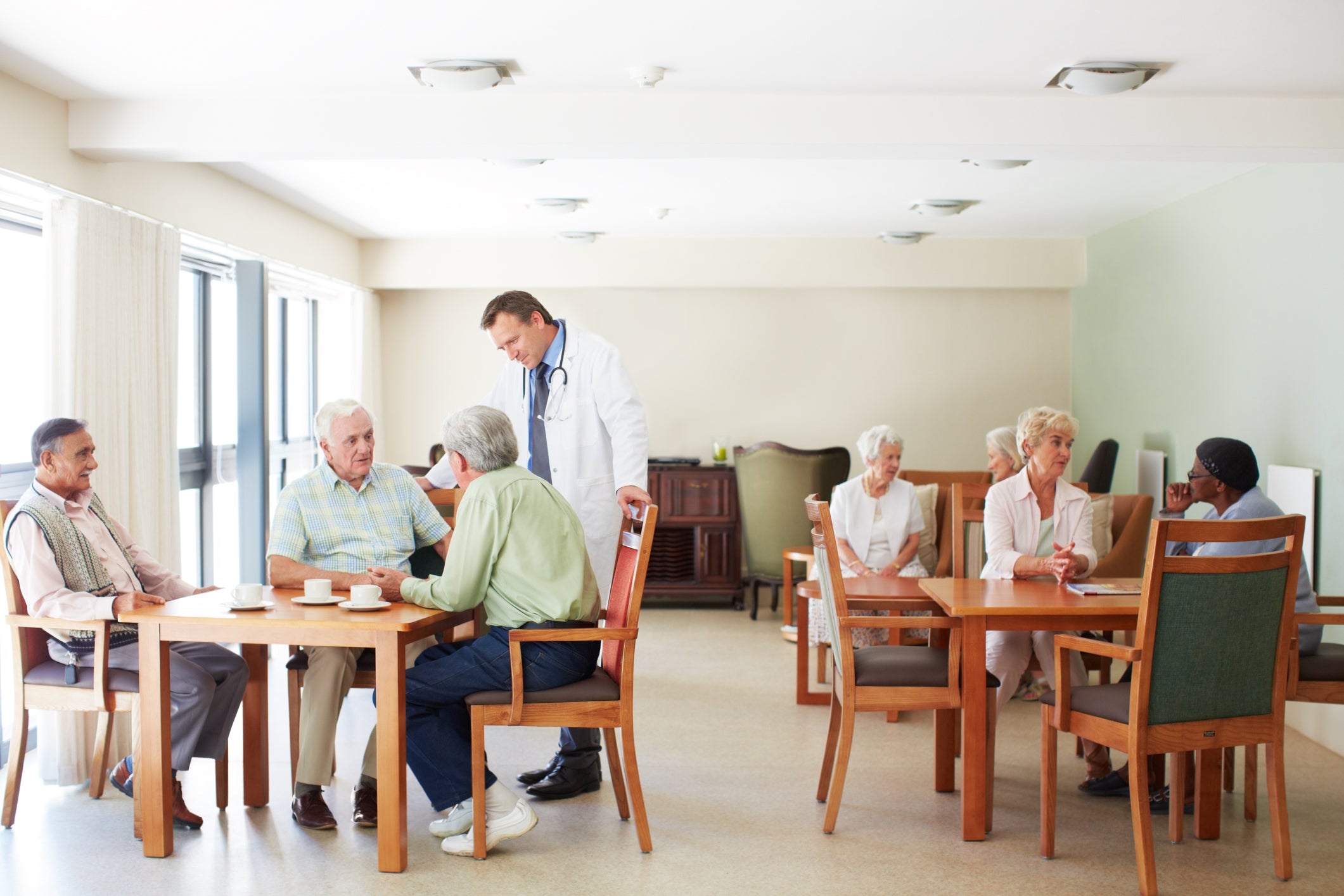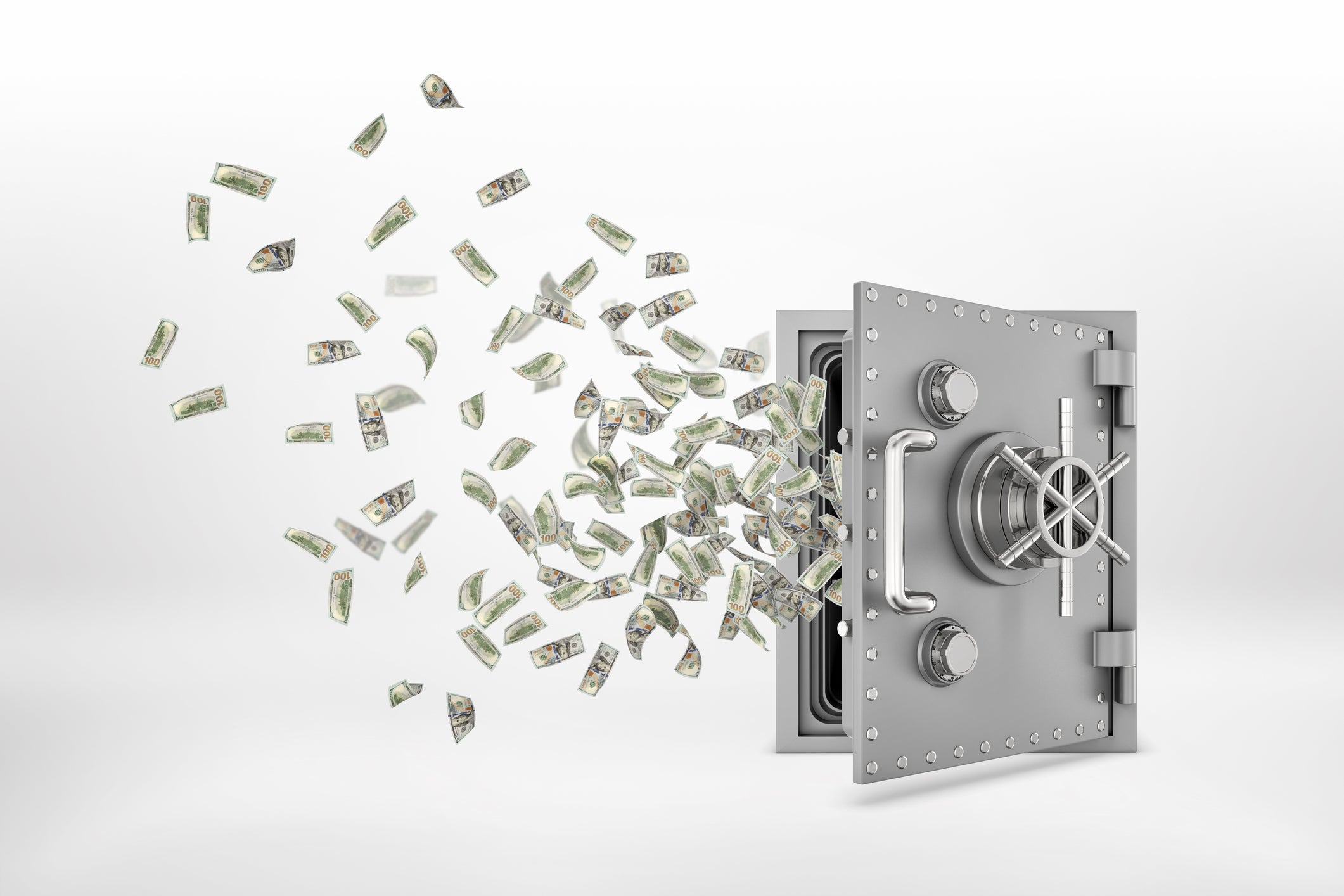Act on first aid measures for injuries during disasters
table of contents
Introduction
1.Ensuring safety
2. Relief
3. How to stop bleeding
4. Cleanliness of the wound
summary
Introduction
Disasters occur suddenly and can have a major impact on our lives and health. Natural disasters such as earthquakes, floods, and typhoons, as well as man-made disasters such as accidents and fires, may occur. If you are injured during such a disaster, it is important to take prompt and appropriate first aid measures to minimize the damage.
1.Ensuring safety
First, make your own safety your top priority. Move to a safe location or eliminate as much of the hazard as possible to avoid additional hazards. Try to move away from further dangers, such as areas where buildings are likely to collapse or fire scenes.
2. Relief
2-1 Ensuring safety and evaluating surroundings
First, it is important to ensure your own safety. Consider the effects of additional hazards and disasters and move to a safe position. Then assess the condition of the injured people. Check to see if the person is conscious, breathing normally, and if there is bleeding.
2-2 Providing first aid
If conscious, you can explain your safety to the injured person and provide first aid. If the wound is bleeding, try to stop the bleeding by applying direct pressure to the wound with a clean cloth or gauze. However, if the bleeding is severe or the injury is serious, it is necessary to contact an emergency medical professional.
2-3 Dealing with unconscious people
If the person is unconscious, first call an emergency medical professional, then give artificial respiration and cardiac massage. If you know the correct procedure, do it, but if you are unsure, wait and follow the instructions.
2-4 Stabilization of the injured person
It is important to remain with the injured person and provide reassurance until their condition stabilizes. When administering first aid, be sure to wear gloves and maintain cleanliness to prevent infection.
2-5 Cooperation and transfer to specialized medical institutions
We will coordinate with emergency medical experts and appropriate support organizations to provide treatment appropriate to the situation. If necessary, we will arrange for the injured person to be transported to a specialized medical facility. They also communicate with the injured person and keep them in stable condition until rescue teams and medical personnel arrive.
2-6 Psychological support
Injured people may be suffering from the shock and stress of the disaster. Providing not only physical first aid, but also psychological support can help victims feel safe and promote recovery.
Relief is an important action that requires accurate knowledge, calm judgment, and a humane heart. In the event of a disaster, do your best to protect the safety and health of victims while cooperating with those around you.
3. How to stop bleeding
3-1 Wearing gloves
Wear clean, appropriate gloves before administering first aid. This prevents infection and ensures the safety of the victim and yourself.
3-2 Check the bleeding area
Check the bleeding area and determine the extent of the bleeding. If the bleeding is small, you may be able to stop it yourself. However, if the bleeding is profuse and fresh blood is gushing, you should contact a professional medical professional immediately.
3-3 Performing compression hemostasis
Compression hemostasis is one of the effective methods to stop bleeding. Below are the steps
① Prepare clean gauze or cloth with gloved hands.
② Apply gauze or cloth to the bleeding wound and apply direct pressure to the wound.
③ Apply appropriate pressure depending on the degree of bleeding. You need enough pressure to stop the bleeding, but be careful not to compress the bone.
④ Even if the gauze or cloth is stained with blood, apply fresh gauze or cloth and continue applying pressure.
3-4 Lift to a higher position
Elevation is an effective technique to reduce blood flow to stop bleeding. Bleeding can be reduced, especially when performed on the extremities of the hands and feet. Below is a detailed explanation of how to lift it to a high position and precautions.
3-5 Procedure for lifting limbs to a higher position
① Stabilization of the victim
First, make sure the injured person is safe and have them sit or lie down in a stable position. If the injured person has a head injury, maintain an appropriate position depending on the injured person's condition.
② Lift to a high position
Elevate the bleeding limb above the level of the heart. This reduces the force required for blood to return to the heart, which helps reduce blood loss. Elevating your hands and feet can reduce the amount of blood directed to the wound, which can help reduce bleeding.
③ Adjustment of body position
Adjust the injured person's body posture as you raise the limb to a higher position. In particular, it is important to make sure that your hands and feet are higher than your heart. Ensure the injured person's comfort by using cushions or pillows to support the limbs.
important point
① Appropriate angle
When lifting limbs, it's important to lift them above the level of your heart, but lifting them too high can create new problems. Lift at the proper angle to keep the injured person comfortable and stable.
② Head position
If you have a head injury, you should avoid lifting your head to a high position. For head injuries, ensure proper posture according to medical professional guidance.
③Long time constraints
Elevation to a higher position is a temporary measure, and prolonged restriction may have an adverse effect on the injured person. Release at the appropriate time as directed by a professional medical professional.
Elevation is one of the effective ways to control bleeding, but in some situations it may be necessary to combine it with other first aid measures. Always assess the condition and situation of the injured person and take appropriate measures.
3-5 Use of compression tourniquet (last resort)
Steps to elevate limbs
① Stabilization of the victim
First, make sure the injured person is safe and have them sit or lie down in a stable position. If the injured person has a head injury, maintain an appropriate position depending on the injured person's condition.
② Lift to a high position
Elevate the bleeding limb above the level of the heart. This reduces the force required for blood to return to the heart, which helps reduce blood loss. Elevating your hands and feet can reduce the amount of blood directed to the wound, which can help reduce bleeding.
③ Adjustment of body position
Adjust the injured person's body posture as you raise the limb to a higher position. In particular, it is important to make sure that your hands and feet are higher than your heart. Ensure the injured person's comfort by using cushions or pillows to support the limbs.
important point
① Appropriate angle
When lifting limbs, it's important to lift them above the level of your heart, but lifting them too high can create new problems. Lift at the proper angle to keep the injured person comfortable and stable.
② Head position
If you have a head injury, you should avoid lifting your head to a high position. For head injuries, ensure proper posture according to medical professional guidance.
③Long time constraints
Elevation to a higher position is a temporary measure, and prolonged restriction may have an adverse effect on the injured person. Release at the appropriate time as directed by a professional medical professional.
3-6 Contact emergency medical professionals
If bleeding is severe or does not stop, bones are exposed, or the injury is serious, contact an emergency medical professional immediately for instructions.
4. Cleanliness of the wound
If the wound is dirty, wash it with clean water or use an antiseptic to keep it clean. However, be careful not to rub or apply friction to the wound. Cover the wound with dry, clean gauze to prevent infection.
4-1 How to wrap a bandage
When applying a bandage of the appropriate size to the wound, be sure to apply just the right amount of pressure. Be careful not to make the bandage too tight on the wound. Also, adjust the tightness appropriately so that you can move your fingers and limbs firmly.
4-2 Dealing with fractures and dislocations
In the case of a fracture or dislocation, the area should be kept at rest and not moved. Protect the affected area by using a board or cushion to secure it in place. If you suspect a fracture or dislocation, avoid attempting to treat it on your own and always contact a specialized medical institution.
4-3 Contact emergency medical care
Emergency medical contact procedures and precautions
Contacting emergency medical care is an important step in emergency situations. It is important to provide appropriate information and follow precise instructions.
4-4 Call 119 (Following response)
In Japan, you can call an ambulance or fire truck by dialing 119 . When making a report, try to remain calm and speak clearly.
It is important to provide the following information when reporting:
①Concisely explain the circumstances of the accident or injury.
②The exact address and geographical characteristics of the place where the occurrence occurred.
③ Number and condition of injured persons (consciousness, breathing condition, degree of bleeding, etc.).
④Your name and phone number.
Response after reporting
①Follow instructions
After making a report, you will receive instructions from an operator or emergency staff. Follow the instructions and take appropriate action. There may be directions to the location and first aid instructions.
②Urgent judgment
Monitor the injured person and administer basic first aid if necessary until emergency medical professionals arrive. However, if you are unable to handle the problem yourself or if the condition is serious, it is important to leave it to a professional.
③Additional contact
When emergency medical personnel arrive, explain the situation and cooperate with the care provided. Also, consider reporting the situation to your family and friends so they can support you.
important point
It is important to speak in a calm and clear voice when making a report. Try to make it easy to understand even in unstable communication environments.
It is important that the information you provide is accurate and specific. Provide information that will make it easier for an ambulance to arrive, such as your address and location characteristics. Following instructions will help emergency medical staff respond more quickly. However, if you are not confident in basic first aid, it is wise to leave it to a professional rather than self-diagnosis.
Contacting emergency medical care is an essential way to respond quickly and save lives. Please make calm decisions, provide appropriate information, and follow the instructions of experts.
summary
First aid for injuries during disasters is an important skill to minimize damage. When taking emergency measures in the event of a disaster, it is important to have appropriate knowledge and calm judgment while working together. Cooperate with those around you and do your best to protect the safety and health of the injured person.








